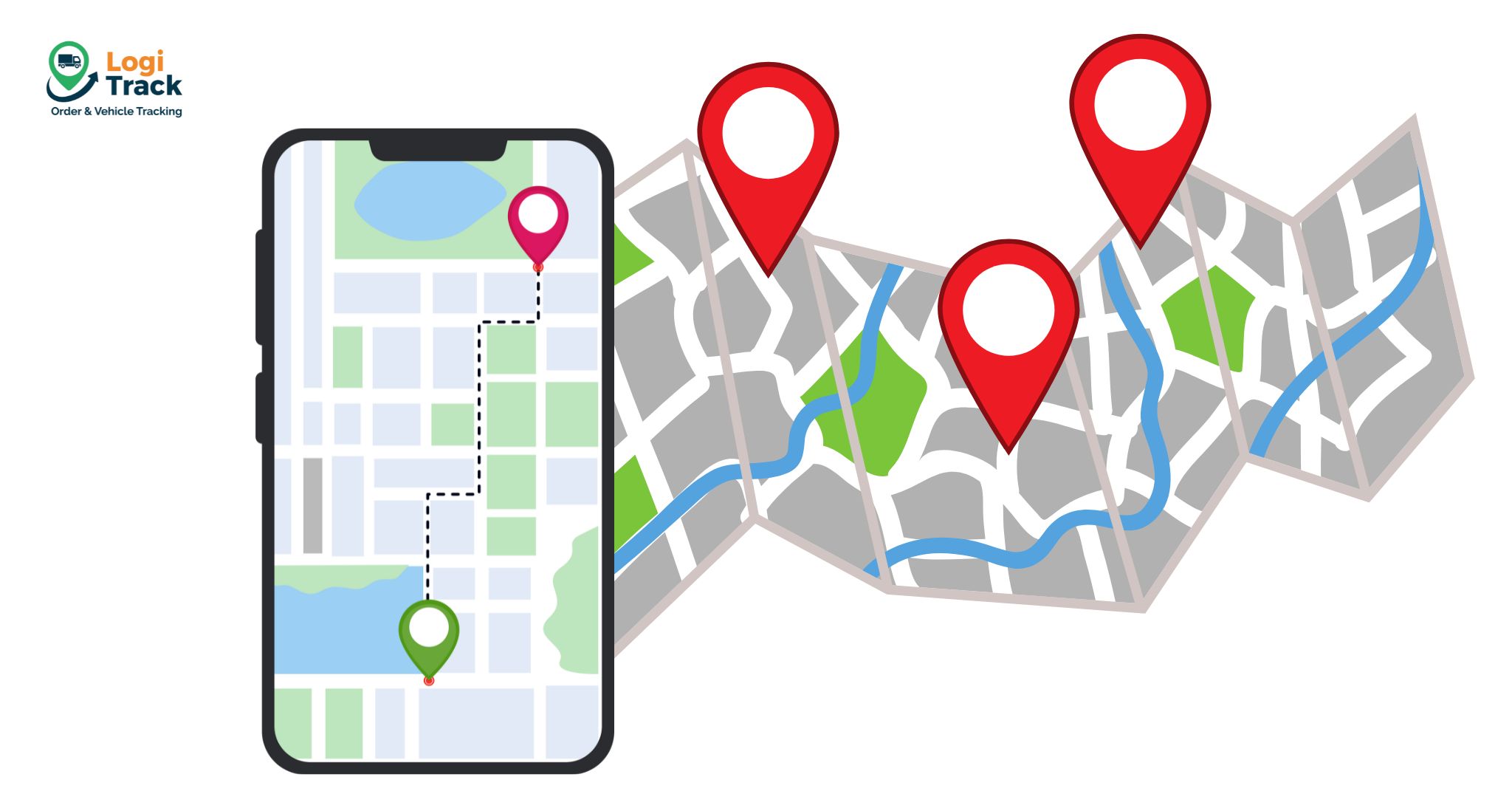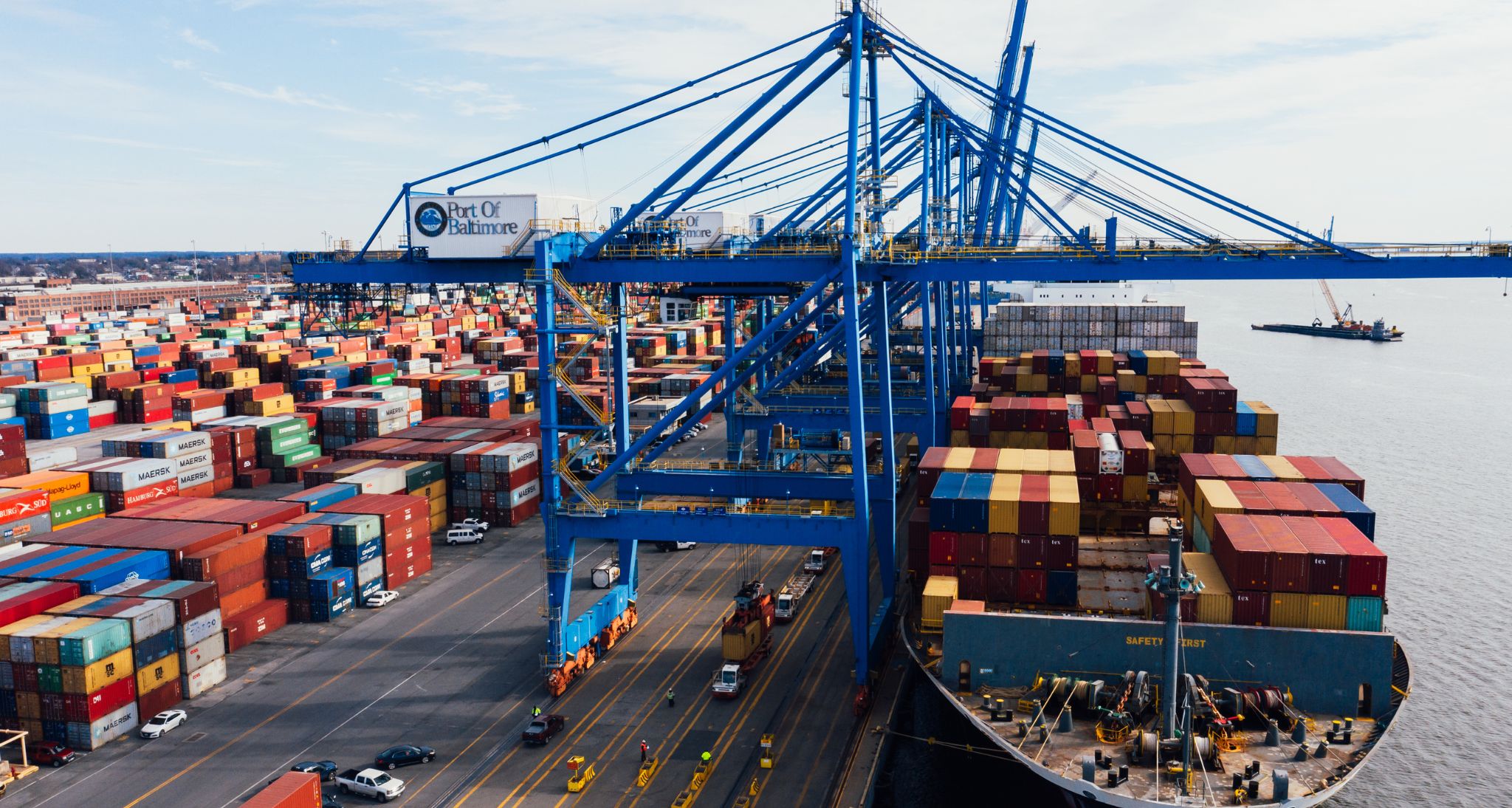In the logistics and transportation industry, planning efficient delivery routes not only helps reduce costs but also improves the customer experience. However, as the number of orders increases and transport networks become more complex, manual route planning with Excel or paper maps is becoming outdated and prone to waste.
According to research by Logistics Management, implementing transportation route optimization software can help companies cut fuel costs by 10%–30%, shorten delivery times, and strengthen competitiveness in the booming era of e-commerce.
Challenges of Traditional Routing
-
Empty runs and fuel waste: Manual route planning often results in longer travel distances, increasing fuel expenses.
-
Difficult fleet management: As the number of vehicles and shipments grows, manual supervision and coordination become inefficient.
-
Unpredictable traffic conditions: Without real-time updates, traffic jams, accidents, or bad weather can cause delays.
-
Lack of transparency and analytics: Without detailed journey reports, long-term route optimization is difficult.
-
Impact on customer experience: Late deliveries and the inability to provide accurate estimated arrival times can damage a company’s reputation.
Comprehensive Solution with AI and Real-Time Data
Route optimization software combines AI, GPS, and real-time data to help businesses reduce costs, improve performance, and increase customer satisfaction.
Key Benefits of Route Optimization Software
-
Smart routing: Uses AI algorithms to find the shortest routes, avoid congestion, and optimize travel distances.
-
Fuel and time savings: Reduces empty mileage and unnecessary stops, saving 10–30% on transportation costs.
-
Real-time tracking: GPS provides continuous vehicle location updates, enabling both businesses and customers to track delivery status.
-
Automatic route adjustment: The system automatically suggests alternative routes when encountering traffic incidents or order changes.
-
Efficient fleet management: Integrates with a Transportation Management System (TMS) to monitor drivers, maintenance schedules, and vehicle performance.
-
Comprehensive reporting and analytics: Generates statistics on trips, delivery times, and cost per route for long-term planning.
Important Features
-
Multi-drop delivery planning for multiple customers.
-
Automatic order assignment to appropriate vehicles based on load capacity and delivery zones.
-
Accurate Estimated Time of Arrival (ETA) predictions.
-
Alerts when drivers deviate from planned routes or make unusual stops.
-
Integration with Order Management System (OMS) and Warehouse Management System (WMS) for synchronized orders and inventory.
Steps to Successful Implementation
-
Assess operational needs: Identify the number of vehicles, average orders, and delivery areas.
-
Choose the right solution: Prioritize software that integrates with TMS and OMS and supports multiple transportation modes.
-
Train staff and drivers: Ensure the team understands how to operate the system and follow optimized routes.
-
Pilot before scaling: Start with a small set of routes, evaluate performance, and then deploy across the entire fleet.
-
Monitor and continuously optimize: Use data reports to adjust plans, reduce costs, and improve efficiency.
Sustainable Competitive Advantage
In the era of digital logistics, route optimization software not only lowers fuel costs and shortens delivery times, but also strengthens fleet management and enhances customer satisfaction. Companies that invest early in this solution will gain a sustainable competitive edge, improve supply chain efficiency, and be well-positioned to thrive in the modern transportation market.



